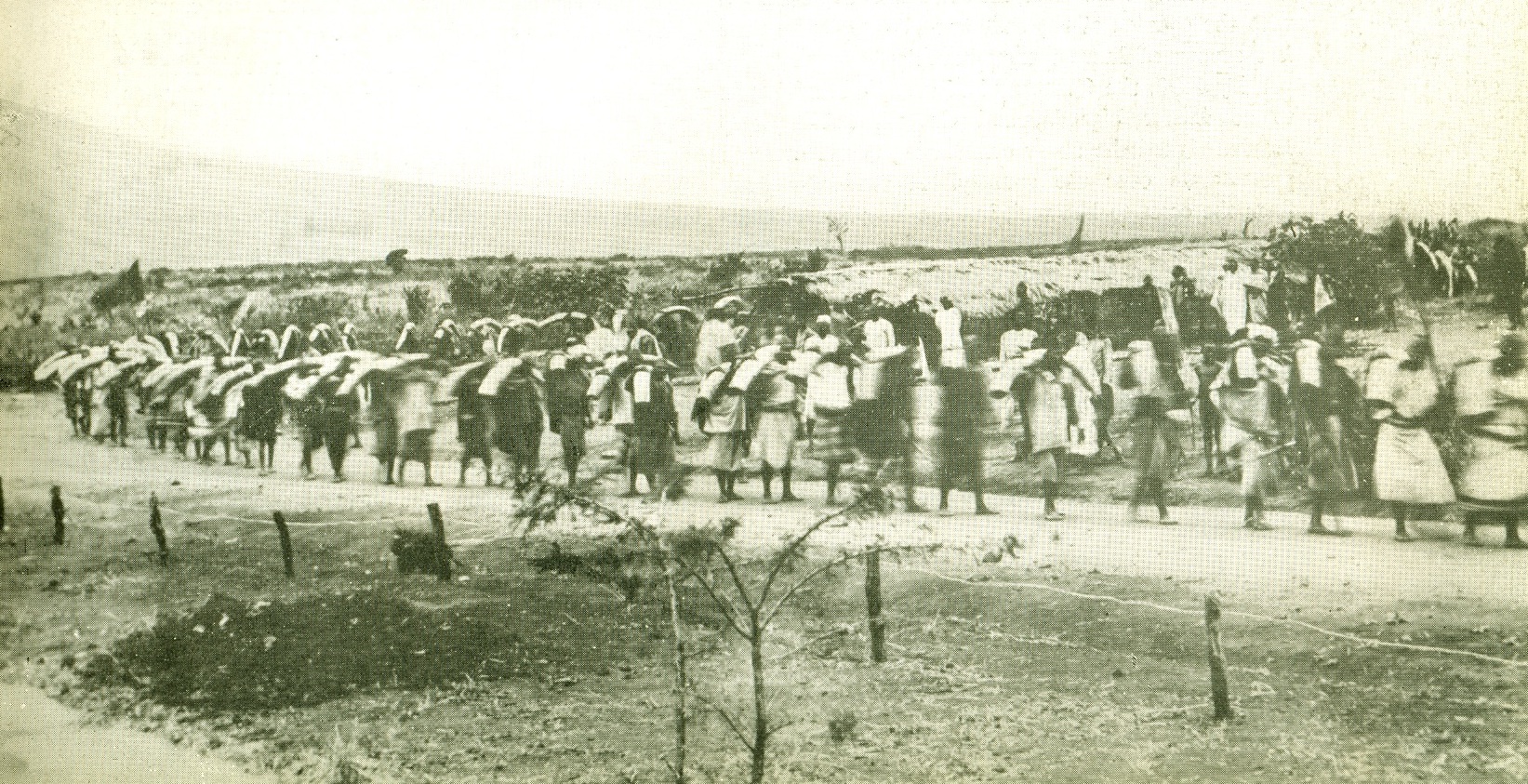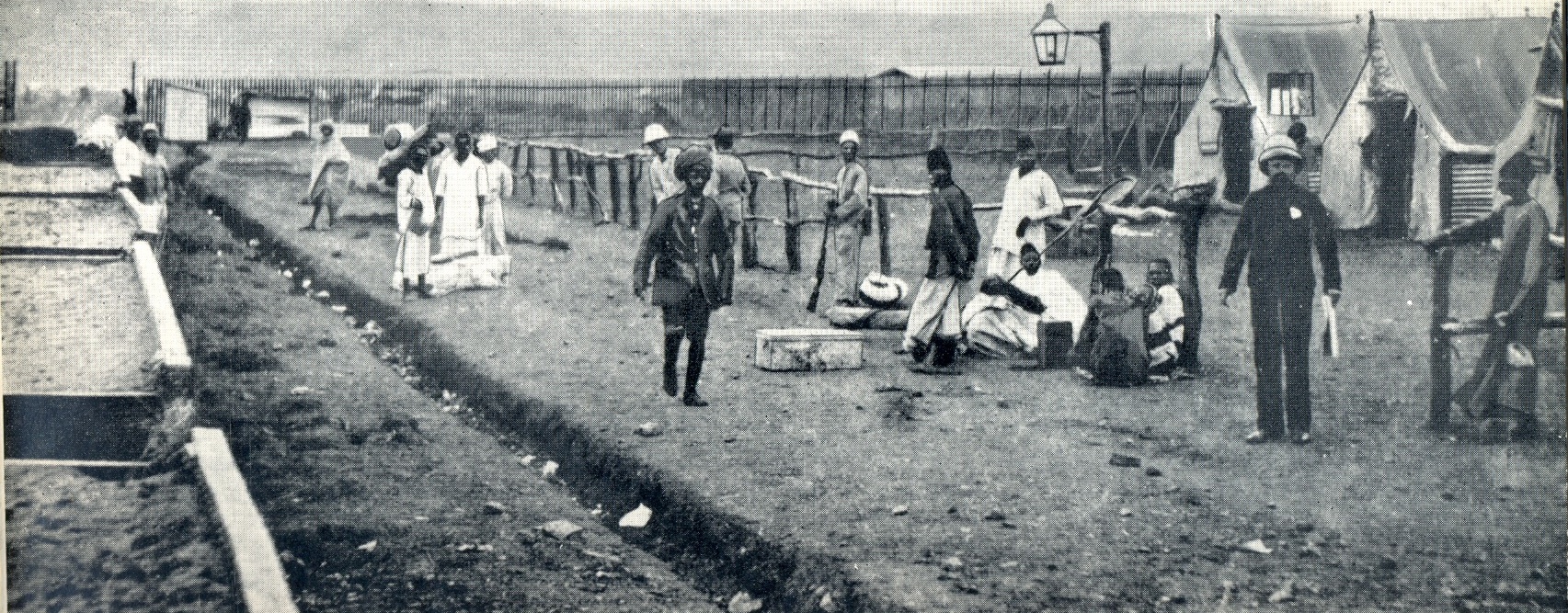The 'Grey Company before the Pioneers
'Pre 1900 - there was no town of Nairobi. Lion and rhino roamed freely where modern streets and buildings now provide a centre for the commerce and administration of Eastern Africa. A great City has arisen where once explorers, the missionaries and administrators -"the grey company before the pioneers"- pitched their lonely camps, and along the route they marched now speed the shinning cars of the new age.
Gedge, Jackson, Lugard. These were some of the men that passed through Nairobi plain.
Ainsworth, Wilson, Austen, Twining, solders and surveyors.
Slater and Smith, roadbuilders and engineers.
McQueen,Andrew Dick and John Boyes, adventurers traders and artisans.
Tucker, Poultney and Fisher, missionaries and teachers.The plain on which Nairobi now stands was part of the "no-man's-lands" to high adventure.; the un-consiodered wildness that stood between the Queen's peace and Uganda, the country to which they carried the Flag and the Faith.
To them Nairobi was unnamed, the swamp at the edge of the Kikyu uplands, the last camp before the tiny outpost known as Fort Smith in Kikuru which offered the first civilised comfort for weeks on safari. The wild plain inhabited only by herds of game and myriad birds, where Nairobi River dispersed itself into a green swamp was a numbered camp, so many days march from the Coast. For Reverend Fisher it was the " twenty-fifth march from the Coast." Beyond, the forest concealed savage Kikuyu, and the travellers risked painful death from poisoned arrows or spikes stuck into the undergrowth.
There were no inhabitants except the nomadic Masai who, from time to time, built their manyattas on nthe high ground. They knew it as Nairobi" the place of the cold water" and sometimes young warriors blooded their spears on lion at the edge of the swamp, and achieved manhood.

An ivory caravan at Machakos in 1895 in 1895 en route for the coast.
Nairobi's beginnings , then, are linked with the reason for the exploitation of the East African territories.
The stories of the slave-traders and explorers had brought back tob the Sultan of Zanzibar many years before prompted Holmwood, Sir John Kirk's assistant and later Consul at Zanibar, to comment that there was a great opportunity for European settlement in the Highlands of East Africa.

Nairobi Railway station in 1899.
Meanwhile, the British Government's pledge to build a railway was rapidly becoming a plan. In 1891 four officers of the Royal Engineers were given the task of surveyiong the route of the line. They were Captain J R L McDonald, Captain Pringle, and Lieutenants Twining and Austen. Their great task was completed by 1893 and more concrete proposals for the work were placed before the British Government.
When travelling from Uganda to the coast in 1892, Lugard was accompanied by the rail survey party under Macdonald. He left them at Fort Smith, which is only eight miles north-west of Nairobi,
and described in his journal the plains between the forest and the Athi River." At one time," he said, " four rhino were standing in different directions within view on the plain, and one which I severely wounded, in making off, stumbled over a couple of magnificent lions."
The following year, the Agent and Consul at Zanzibar, Sir Gerald Portal, was given the task of reporting to the Foreign Office on the best means of dealing with Uganda.